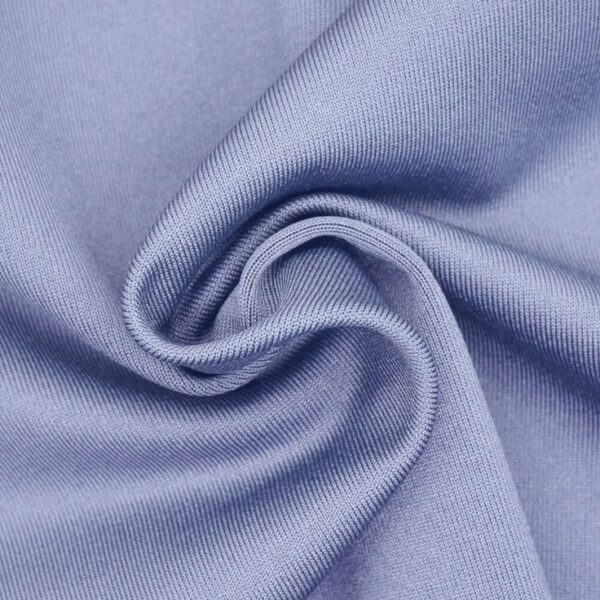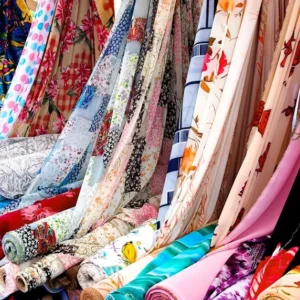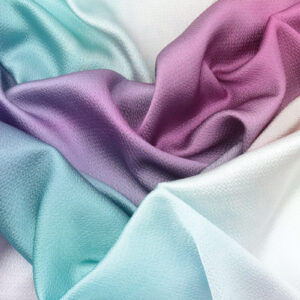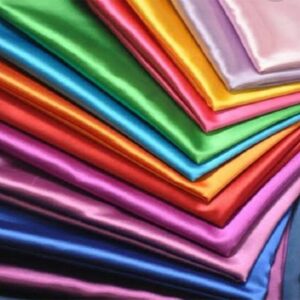Jersey fabric is a knitted fabric known for its smooth texture, softness, and stretchability. Originally made from wool, modern jersey is commonly produced using cotton, polyester, or a blend of both, although other fibers such as rayon or spandex may also be used. Its distinctive stretch and flexibility make it a popular choice for a wide range of clothing, particularly for casual wear, activewear, and loungewear.
Jersey fabric is often referred to as a single-knit fabric, which means it is made from a continuous thread in one direction. This gives it a soft, elastic quality that allows it to comfortably stretch and conform to the body. Its smooth, lightweight structure allows it to drape well, making it a great option for dresses, skirts, t-shirts, and tops. The fabric’s inherent stretch makes it ideal for activewear like yoga pants, leggings, and other sports clothing.
Jersey is also breathable and moisture-wicking, making it a comfortable option for warm climates and active lifestyles. It has the ability to absorb moisture and allow air to circulate, helping to keep the wearer dry and comfortable. The smooth finish of jersey also resists wrinkles, which contributes to its popularity in everyday wear.
While jersey fabric is low-maintenance and machine-washable, it can vary in thickness and texture depending on the specific blend of fibers used. Cotton jersey is soft and breathable, while polyester jersey tends to be more durable, resistant to shrinking, and quicker to dry. A blended jersey might offer the best of both worlds, with a balance of comfort, durability, and elasticity.
Jersey fabric is available in a wide range of colors, patterns, and weights, making it versatile enough for casual, semi-formal, and even some more dressy styles. Printed jerseys are often used for t-shirts, while solid-colored jerseys are common in dresses and activewear. The fabric is also used for comfortable sleepwear and underwear due to its softness and stretch.
Despite its many advantages, jersey fabric does have some considerations. It can sometimes lose its shape over time, especially with frequent wear and washing. Pilling can also occur on lower-quality jersey fabrics, where small balls of fiber form on the surface of the fabric. To maintain its appearance, it’s recommended to follow the care instructions carefully, including washing in cold water and avoiding high heat when drying.
Overall, jersey fabric is an excellent choice for clothing that prioritizes comfort, stretch, and versatility. Whether you’re looking for a casual t-shirt, a cozy dress, or a piece of activewear, jersey provides the right balance of comfort and style for everyday use.





Reviews
There are no reviews yet.